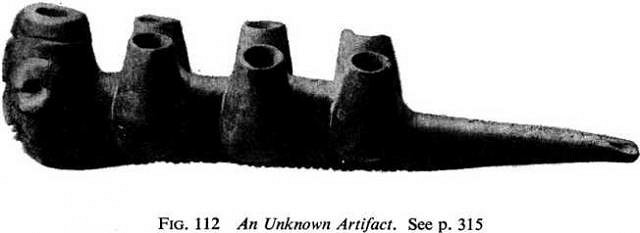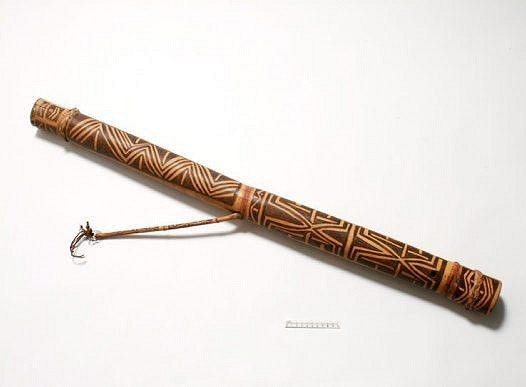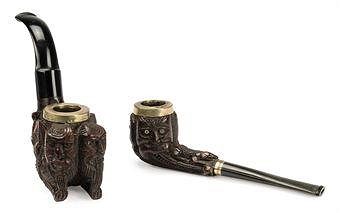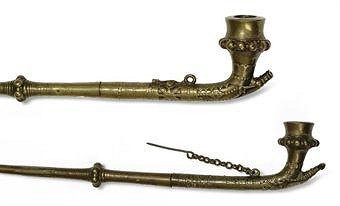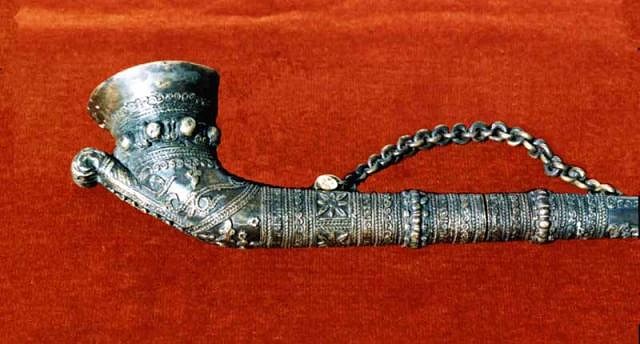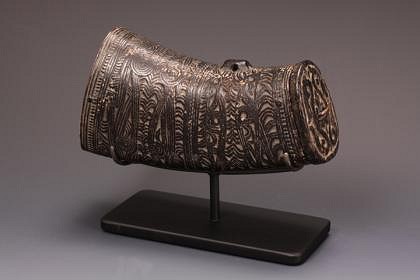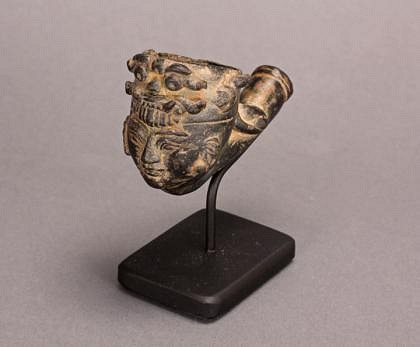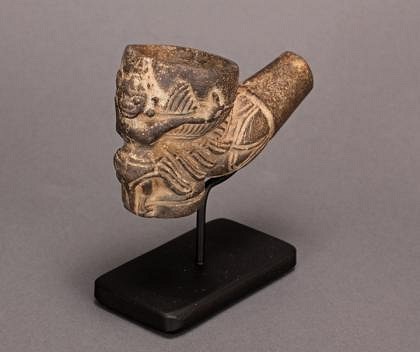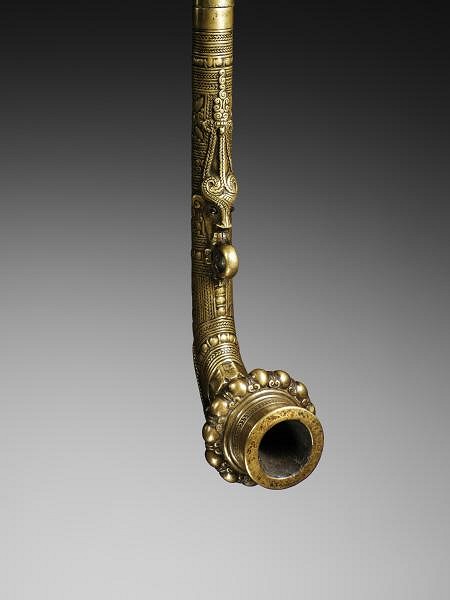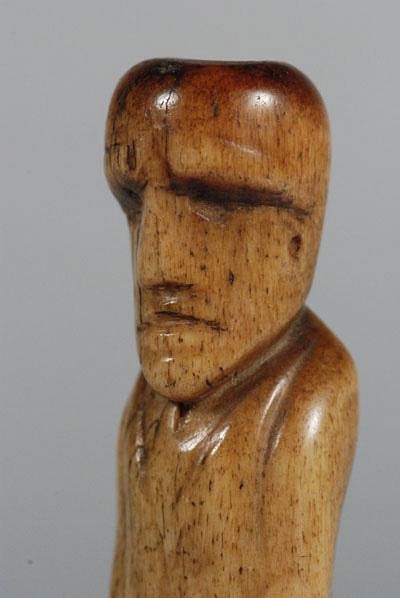Tiki Central / General Tiki / Tiki Tobacco Pipes
Post #652362 by White Devil on Mon, Sep 17, 2012 8:05 AM
|
WD
White Devil
Posted
posted
on
Mon, Sep 17, 2012 8:05 AM
This item, wryly reports the New Zealand Electronic Text Centre, "represents a peculiar artifact said to have been found at Purakanui, Otago, and which some genius has labelled 'Maori Flute.' It is more in sorrow than in anger that we disclaim this weird looking object. As a seven bowled tobacco pipe it might satisfy the most ardent of smokers." Friedrich Ratzel writes in his "The History of Mankind: The Races of Oceania," A few more Maori pipes... Batak (Sumatran) tobacco pipes and tobacco container. Inwa was the ancient imperial capital of the Burmese kingdoms from the 14th to 19th centuries. This 17th century bronze pipe features a head adorned with a gombi, a headdress with features that supposedly reflected the inner character of the wearer. This is a 16th or 17th century clay pipe from Inwa and depicts a Keinnaya, which is a legendary half-human, half-bird entity. This Karo Batak pipe, decorated with the face of singa, was extremely heavy and probably rested upon the ground. Nias bone pipe. Bringing our Oceanic pipe tour to both a geographic and chronological conclusion, here we have a modern tribal Chokwe (Congo) pipe, 24 1/2" inches long: an impressive rendering upon a depressing theme. |

